A thank you letter to NCC
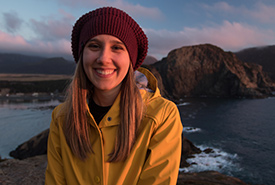
Leigh Gustafson (Photo by Brendan Kelly Photography)
For as long as I can remember, I have loved animals. I used to spend my spare time sprawled in the grass with a pencil in hand, drawing pictures of my favourite animals from my Dad’s Mammals of North America atlas. I incessantly dreamed of...
Collaborating with Indigenous communities for land conservation
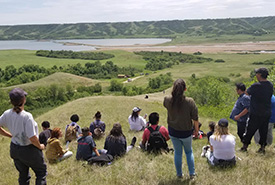
Learning the Land brings educational projects and initiatives to schools and communities on Treaty 4 lands. (Photo by NCC)
Five years ago, in her work as the director of conservation for the Nature Conservancy of Canada’s (NCC’s) Saskatchewan Region, Jennifer McKillop had conversations with the Treaty Four Educational Alliance (T4EA) in order to start a...
Where are they now? Intern Alumni Spotlight: Carys Richards
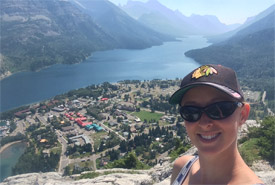
Carys Richards at Waterton Lakes National Park, AB (Photo by NCC)
This blog marks the 11th Intern Alumni Spotlight — a series highlighting some of the individuals who have interned with the Nature Conservancy of Canada (NCC) in the past. Sarah Ludlow was featured as the last Intern Alumni Spotlight, and...
Working in my traditional territory
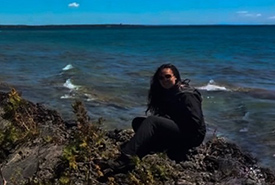
Naomi Jones (Photo by NCC)
Let me introduce myself. My name is Naomi Jones, and I am from Chippewas of Nawash Unceded First Nation, also known as Neyaahsiinigmiing. It is a First Nations reserve on the Saugeen Bruce Peninsula. I am very proud of where I come from, and I...
Backpack Essentials: How to get nature-ready
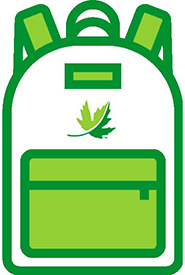
Backpack Essentials (Image by NCC)
This blog post is part of the Backpack Essentials series, a series that explores the items that Nature Conservancy of Canada (NCC) staff carry with them when heading outside. It is inspired by the quarterly Nature Conservancy of Canada Magazine...
In the absence of nature
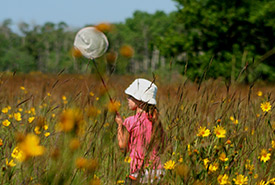
Child playing in nature (Photo by Cathy Shaluk)
I've become very familiar with the concept of cabin fever while at university. It is the week of final exams and I have studied for days, either at the library or at my dorm. Sitting among all the papers and study notes, I begin to feel antsy...
What do we save? How science and planning are evolving to help make critical conservation decisions
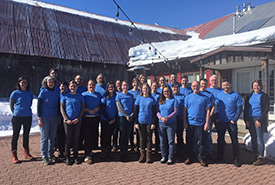
Participants of the Open Standards workshop led by the Conservation Coaches Network (Photo by NCC)
In a world that is rapidly losing wildlife and habitats, conservation has become a science of decision-making. We know there are many places and species in Canada that will not survive unless we take action to protect and restore them. Deciding...
Innovative learning experiences are putting the art back in science
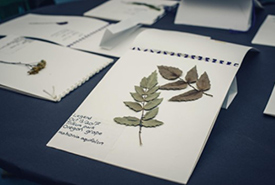
The Herbarium Project, 2017, Contemporary Art Gallery, Vancouver, BC (Photo by Four Eyes Portraits)
If you’ve heard the terms “science art” or “sciart,” you’re probably familiar with the idea of using visual art to represent, explain or bring attention to some aspect of science. The wonderful realm of science...
Volunteer to learn
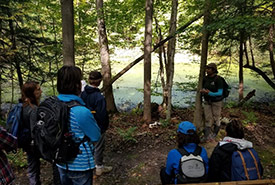
A lesson on vernal pools by Jenna Siu (Photo by Daniel Abdelmassih)
On September 29, 2018, I participated in my first Nature Conservancy of Canada (NCC) Conservation Volunteers event. We planted 175 early succession native trees (i.e., trees typically found in young forests) in Happy Valley Forest to help take...
Frick, I love nature: Comedy as nature education
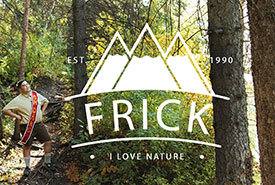
"Frick, I love nature" logo (Photo by Stephen Robinson)
Last fall I was on a trip with my girlfriend on Vancouver Island. While there, we spent a good chunk of our time exploring its national parks and learning about how life survives in those particular ecosystems. While soaking it all in, I had a...

